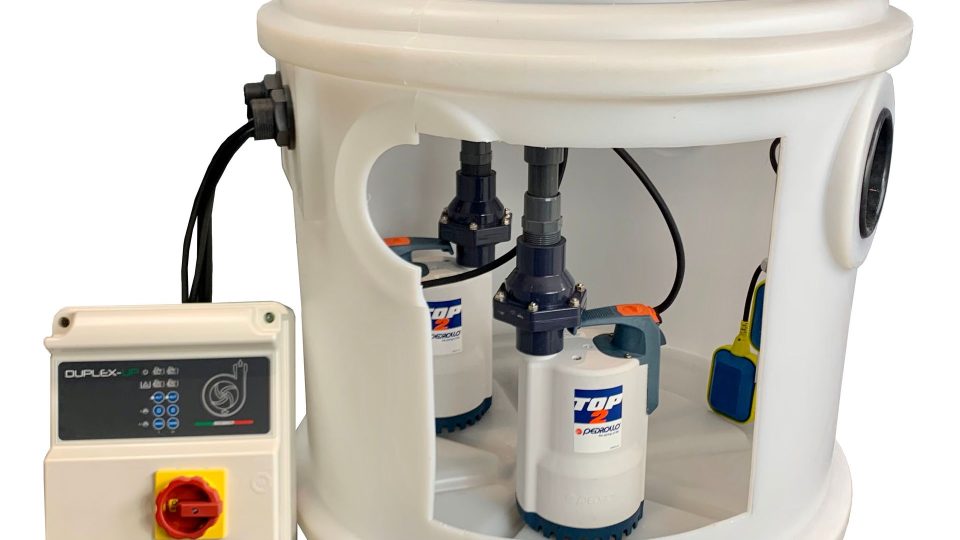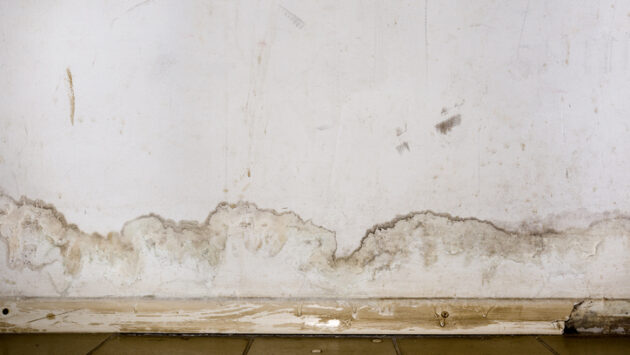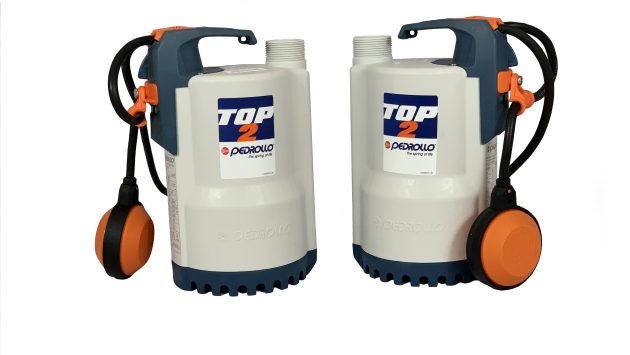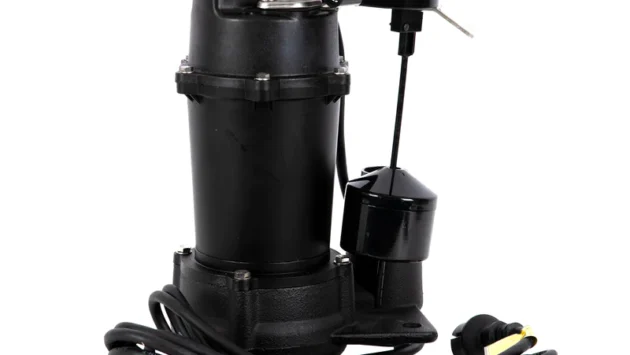Do I Need a Sump Pump in My Basement?
The UK has experienced extreme weather conditions over the last five to ten years, with flooding becoming an increasingly common problem. This leaves many homes vulnerable to damage and the associated costs.
In fact, it is predicted that one in six properties in England will be affected by flood risk by 2050. In 2012 alone, extensive flooding caused around £400 million worth of damage. Plus, 2.4 million people live in immediate flood risk areas, with a further 2.8 million properties being susceptible to surface water flooding.
As more and more properties are at risk of flooding and damage, if you live in an area that’s susceptible to flooding or you want to protect your property or basement conversion, it’s a good idea to find out more about basement sump pumps.
In this article, we’ll help you work out whether you need one and what’s available to you.
What is a sump pump?
A sump pump is usually installed in a cellar or basement and is used to remove excess water from your home to prevent issues associated with flooding. It is installed at the lowest point of the basement or cellar and will pump the water out to a safe place where it’s unlikely to cause any problems for your home.
Sump pumps are an essential part of an effective drainage system for your basement or cellar, if it’s prone to flooding. They offer peace of mind.
Find out more about what a sump pump is and how it works in our blog: What is a basement or cellar sump pump and how does it work?
Why do you need a sump pump for your basement or cellar?
If you don’t have a basement water pump, any excess water that reaches your home can damage the foundations and cause issues throughout the rest of your house.
As water levels rise around the foundations of your home, the pressure builds and water will find its way through. Not only can this cause mould, but it can also cause structural damage and health concerns for your family. Plus, if your basement or cellar floods, you will likely have an expensive damage bill to pay.
A basement water pump will also ensure fire prevention, since water in a basement is prone to damaging electrical outlets. By preventing the flood in the first instance, electrical fires, mould and water damage, and structural issues can be avoided.
A sump pump moves the excess water away from your home, stopping it from causing damage.
Do all basements need a sump pump?
Not all basements need a sump pump because they’re not always required. If you’ve never had standing water or you live in an area that’s dry most of the time, you probably won’t need one.
However, if you live in an area that’s prone to flooding, and your cellar is always damp or floods regularly, we recommend installing a sump pump system.
What can cause water in your basement or cellar?
It’s common to have moisture or water problems in your basement or cellar.
A number of different factors can cause moisture, damp or flooding, including:
- Inadequate drainage around your home’s foundations
- Damaged, missing or improperly installed gutters
- Heavy rain or storms
- Plumbing leaks
- Problems with the foundations of your home
- The age of your home
Having a sump pump in place can prevent the water from these issues causing further concern. The water will be pumped out to a safer place. It will also help to prevent structural damage to your home, saving money on repairs and increasing the value of your property should you wish to sell in the future.
In summary…
Without a sump pump, you risk water damage to your home. Even the smallest amount of water can cause damage to the structural foundations of your home and cause mould or other long-term problems.
Instead of waiting for your basement or cellar to flood and then trying to rectify the damage, a sump pump can help prevent this damage from occurring in the first place.
Find the right basement sump pump for your home in our shop or contact us for more information or advice on the best system for you.



